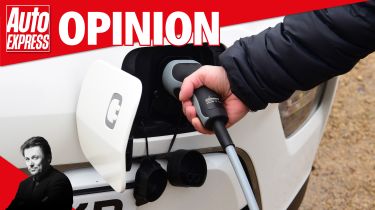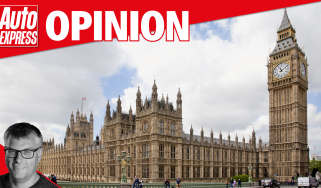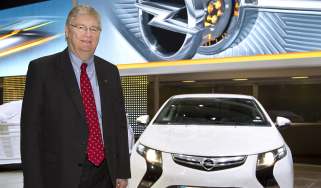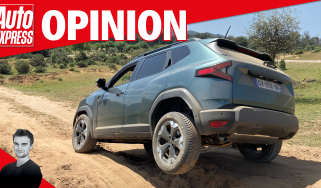"Electric car range figures need to be accurate" - 2023 wish list
As buyers make the switch to electric power, Mike Rutherford believes that a lack of real-world honesty could come back to haunt carmakers

Even an old cynic is occasionally forced to give credit where it’s due. So here goes: most of the all-new models in the showrooms, the latest ICE and EV tech, the driving pleasure bit, the reliability and crash safety standards – they’re all pretty much spot on these days.
But the fresh-from-the-factory product represents only about half of the car buying/owning/driving equation. The other 50 per cent is about the numbers – and increasingly, they don’t stack up. Crippling price hikes; punishing 20 per cent VAT; some forecourts still selling diesel at £2-plus a litre; rip-off electricity prices at public chargepoints – wrong, wrong, wrong, and wrong again.
But the figures that could come back to haunt car makers understandably petrified of Dieselgate-like litigation are those relating to the claimed range of their respective EVs. My experiences over many years confirm that when a manufacturer quotes a headline range of, say, 300 miles, it knows deep down that the real-world number is nearer 200.
My proposed, desperately simple standard is for all sellers to publish the headline/official WLTP range numbers minus 30 per cent ‘TAH’. It stands for Truth And Honesty, qualities that the EV world can’t get enough of during this even slower and trickier-than-expected exodus from ICE cars to pure electric.
Unsure how WLTP tests are conducted? We explain all...
Find a car with the experts







